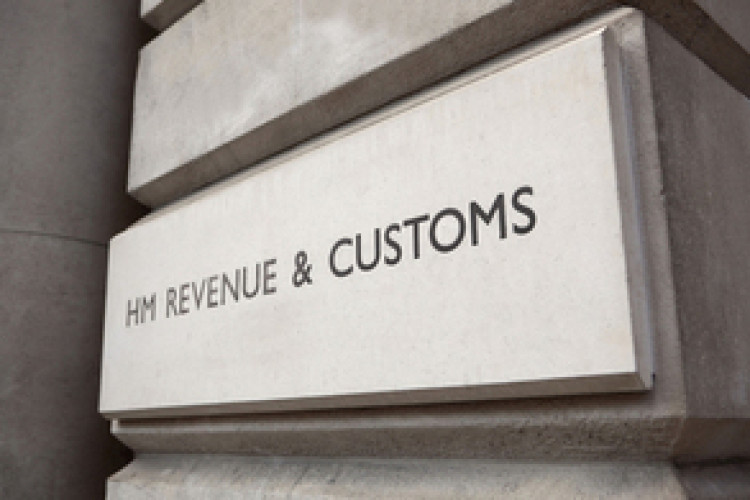
It is well-established that value added tax is chargeable on repair, refurbishment and maintenance building works but no on new-build works. The question is: if you have put up non-compliant cladding and return several years later to replace it, does that count as repairs or just snagging?
HM Revenue & Customs has now clarified the matter: “When a building is no longer in the course of construction or conversion, any further works to it will normally be charged at the standard rate. These further works include improvements, repairs and maintenance,” it has decreed. “If further works are considered to be ‘snagging’, as part of the original construction or conversion of a building, VAT relief may be available at the appropriate rate.”
HMRC defines snagging as the carrying out of remedial works to correct faulty workmanship or replace faulty materials. Normally, it is carried out by the original developer under the terms of the original contract. This means it is not seen as a separate supply of construction services. Snagging covers faults that are found soon after the building is completed or still covered by the building contract. For HMRC to consider remedial work as snagging, the work must be undertaken as part of the original supply of construction services.
[See HMRC website for more details.]

The National Audit Office has estimated that the cost of the post-Grenfell recladding will be in the region of £17bn to 24bn. Adding 20% VAT to even a portion of that comes to a tidy sum.
Jas Dhillon, VAT partner at London accountancy firm Lubbock Fine, said: “HMRC’s clarification means property developers and landlords could be subject to substantial extra costs. Contractors will also find themselves in a difficult situation if they have already billed clients without charging VAT.”
He added that could be an opportunity for contractors to recover VAT that they may have incorrectly not claimed on costs and/or charged on works carried out.
Dhillon said: “The new guidance is progress but doesn’t clear up the confusion. Each supply chain will be unique and should be analysed with HMRC’s new guidance applied. Contractors are advised to keep thorough documentation, including contracts, invoices, and evidence of direct links between the work and future taxable supplies.”
Got a story? Email news@theconstructionindex.co.uk
#Concern #HMRC #confirms #VAT #chargeable #remediation